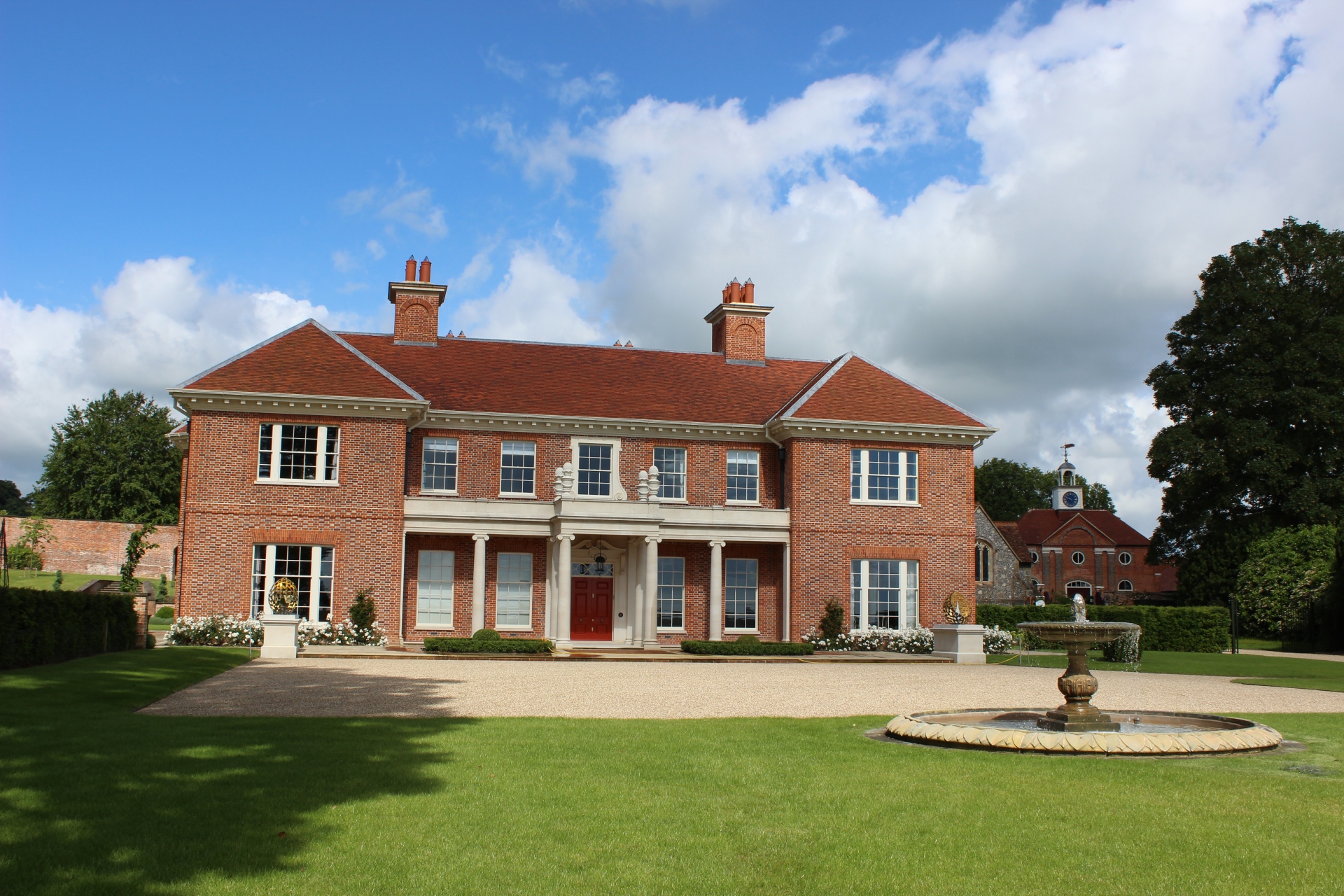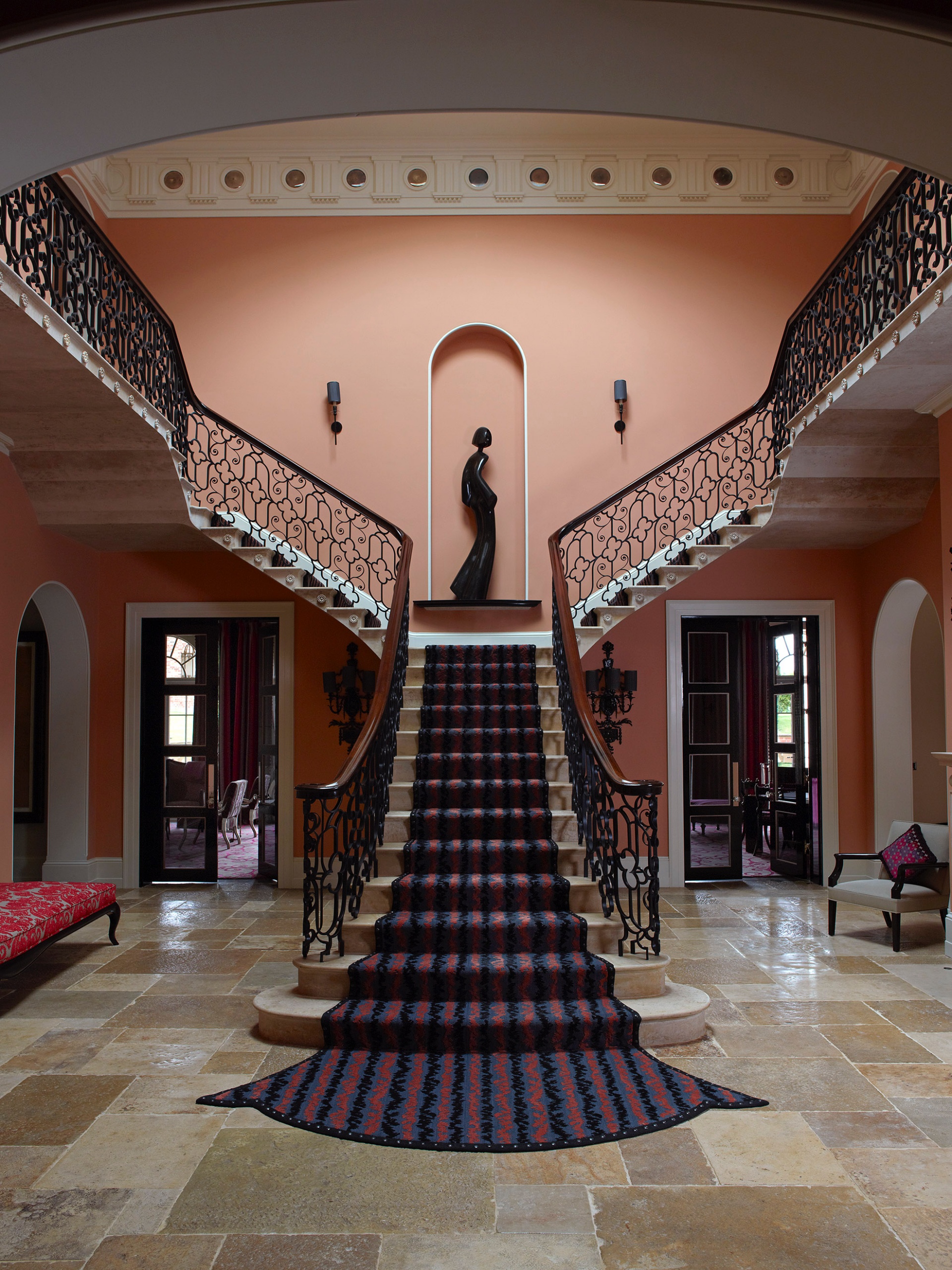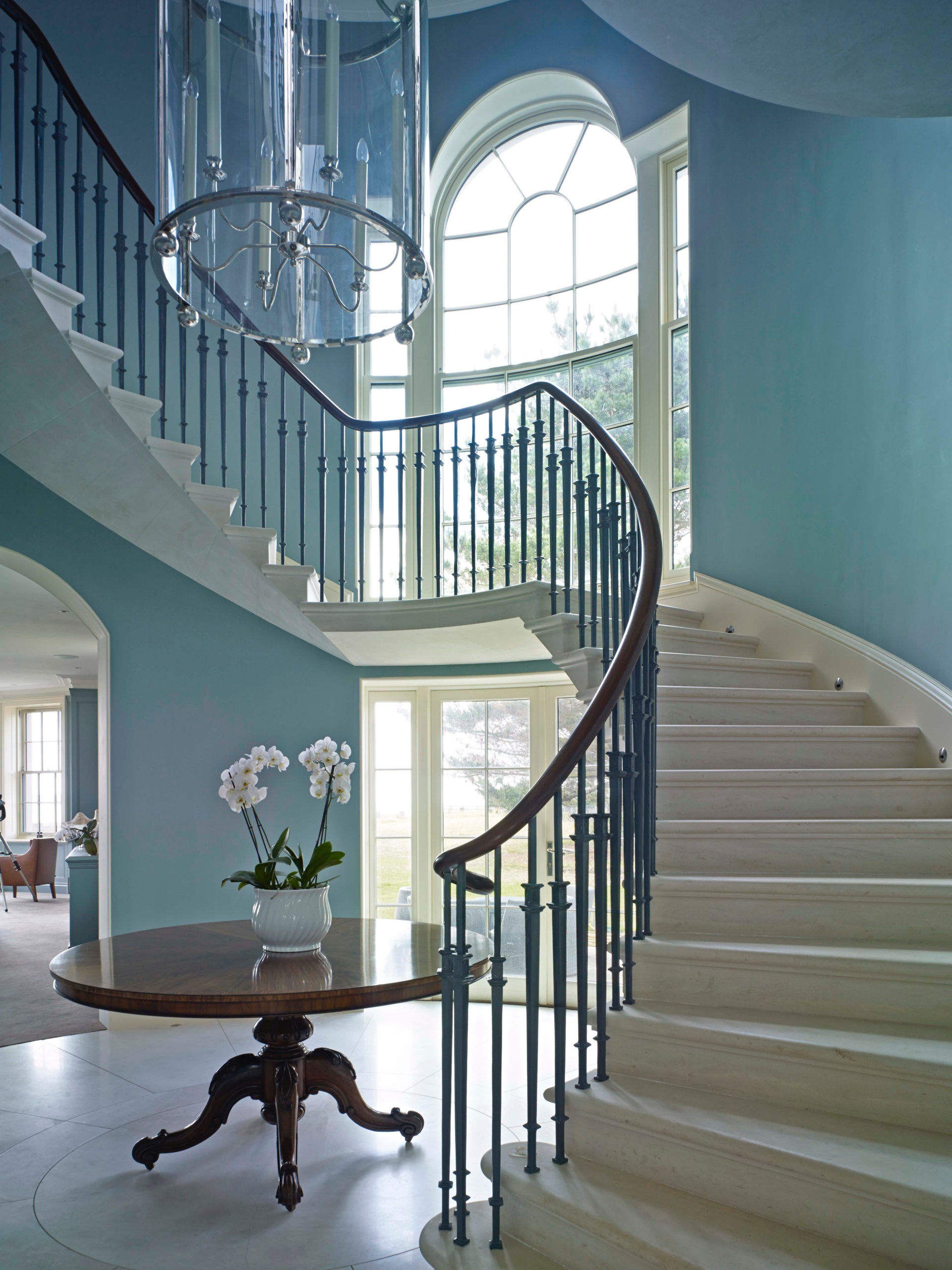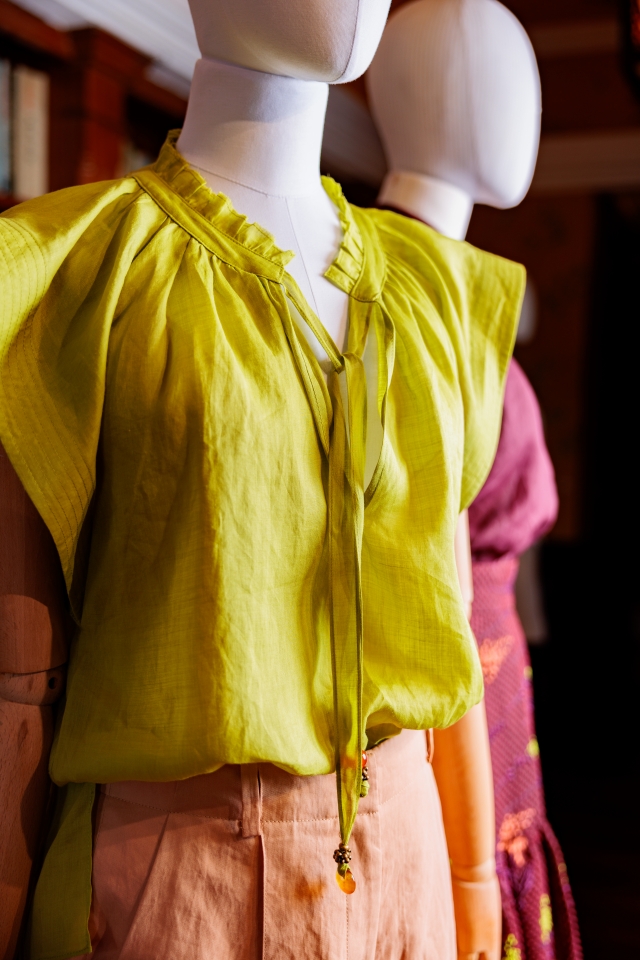ADAM Architecture is a UK-based, award-winning international architectural and urban design practice for the restoration and adaptation of significant historic buildings, new luxury private homes; new commercial and public buildings; housing developments, masterplans and new urban designs ranging in size from village extensions to major new town developments. Encompassing nearly 70 years’ experience, the practice is well-known for designing high quality, classically literate buildings in the UK, and in adapting classical architecture for different countries, cultures, and climates around the world.
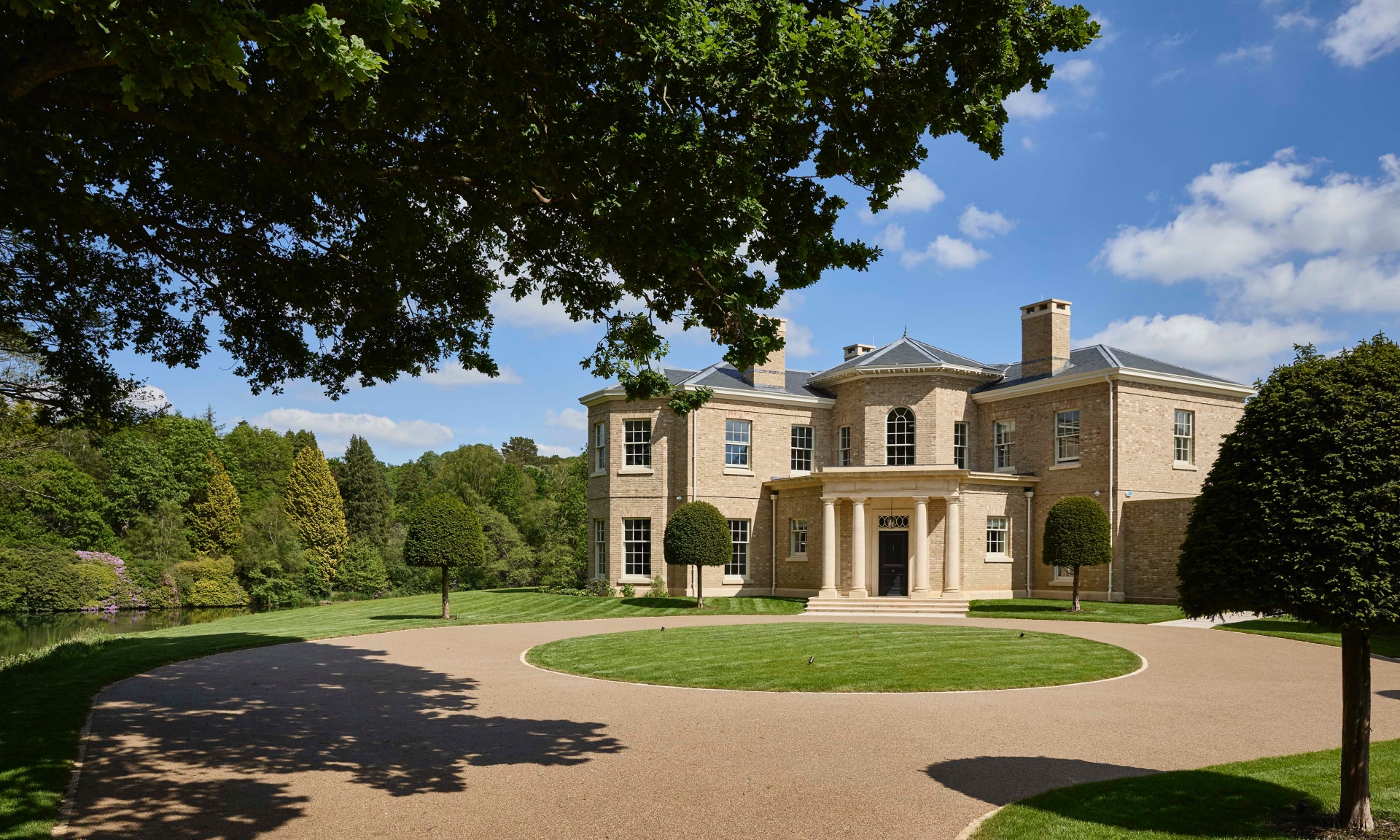
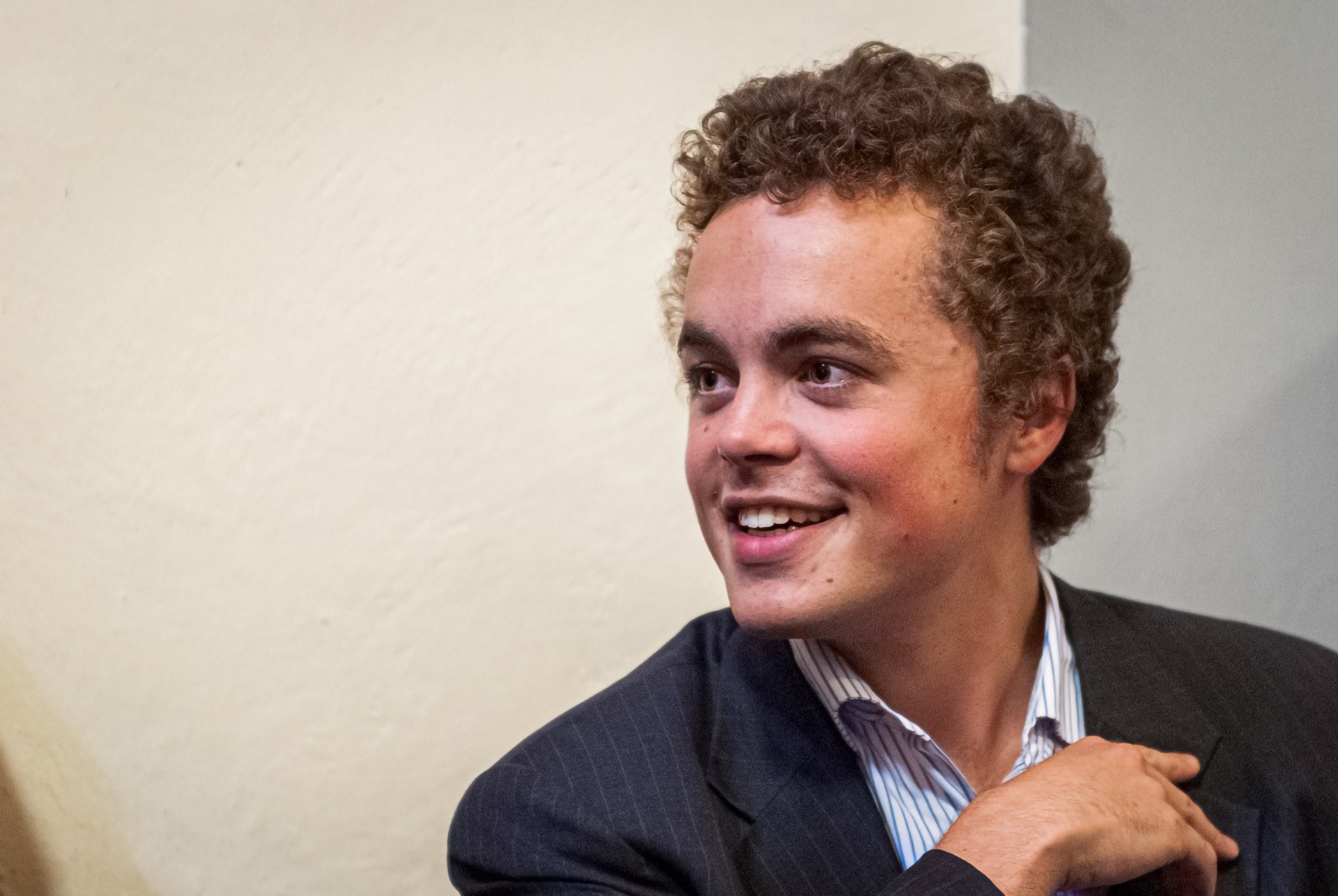
Equipped with global experiences, Robbie Kerr became Director of ADAM Architecture in 2016. Having trained at Edinburgh University and Oxford Brookes before qualifying with Distinction from University College London in 2013, Kerr is an award-winning global classical architect with solid experience creating and restoring significant historic buildings and new luxury private homes in the West and the Far East. Kerr worked with ADAM Architecture through his university training before joining full time in 2010 and became an Associate in 2014. After two years of developing his design ethos and working closely with the other Directors, Kerr became the youngest shareholder Director of ADAM Architecture in 2016. He has his own distinct portfolio, designing a variety of projects including new private homes in the UK and overseas, the restoration of historic buildings, and new housing developments. Kerr is developing the practice’s presence in London and overseas – with projects in places such as Hong Kong, Cuba, Nigeria, Ghana, and Morocco. Having grown up in Hong Kong from an early age, Kerr has a deep rooted ambition for China and Asia. He is keen to learn from the broader international understanding of tradition and classical architecture and travels to Asia regularly.
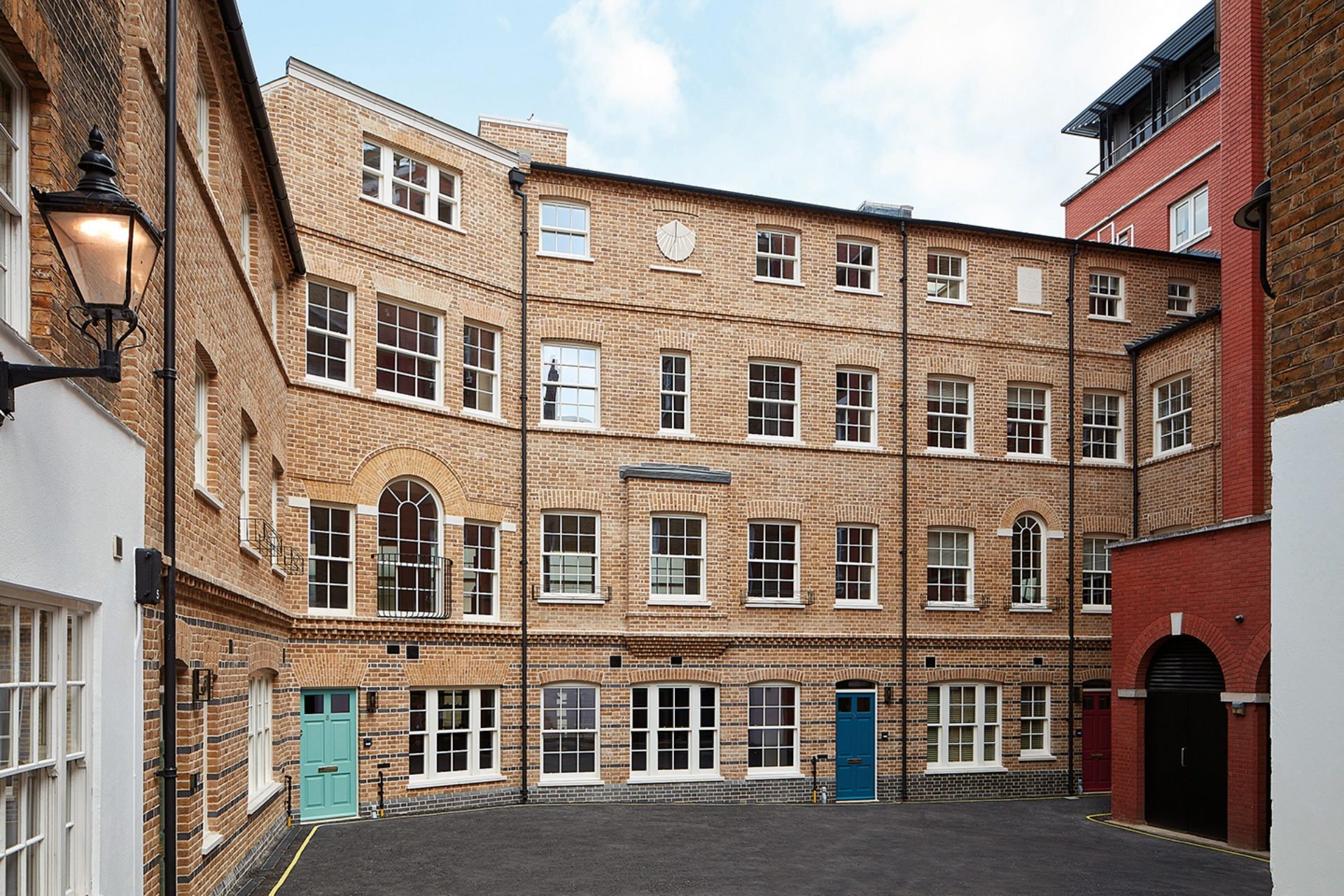
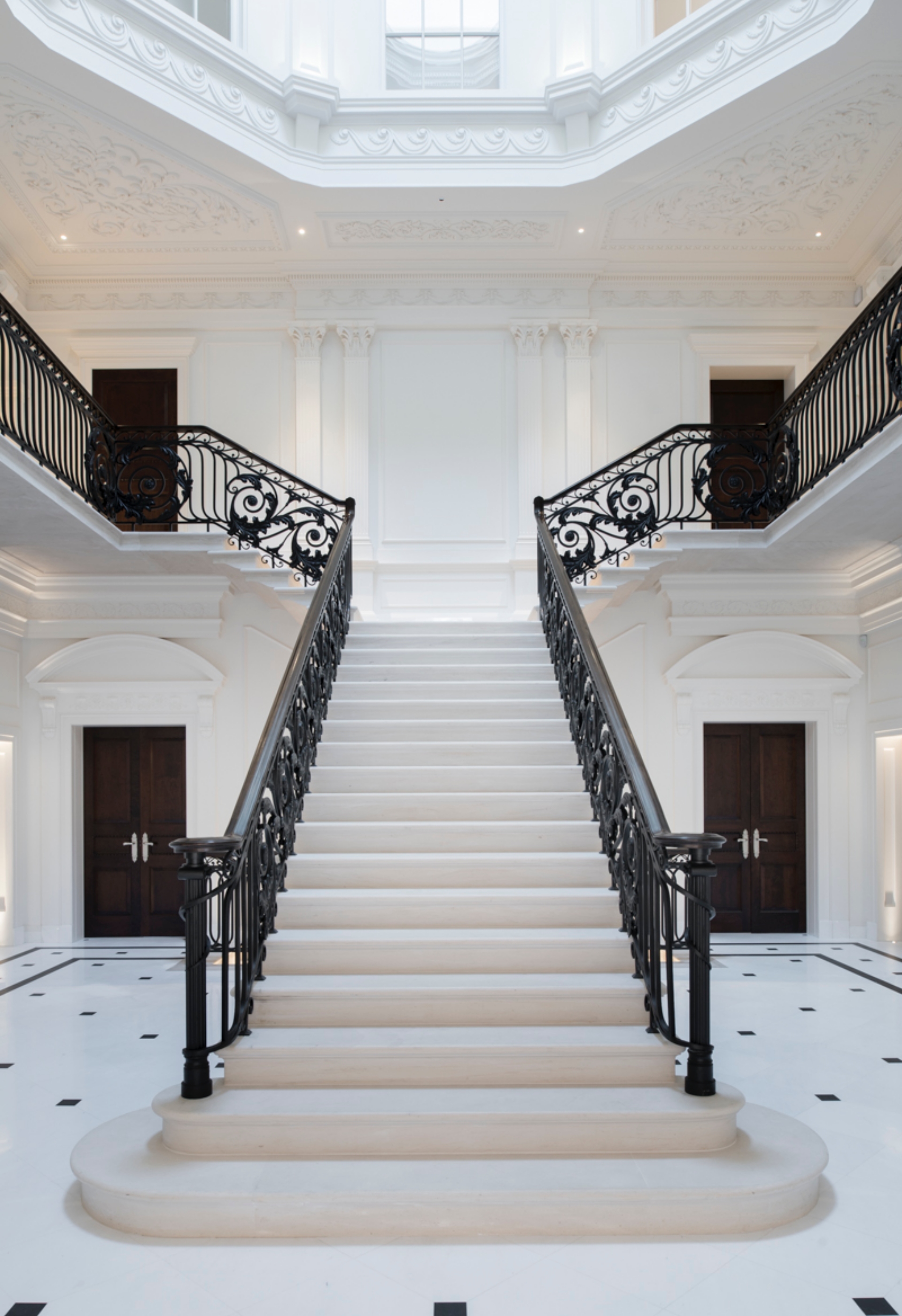
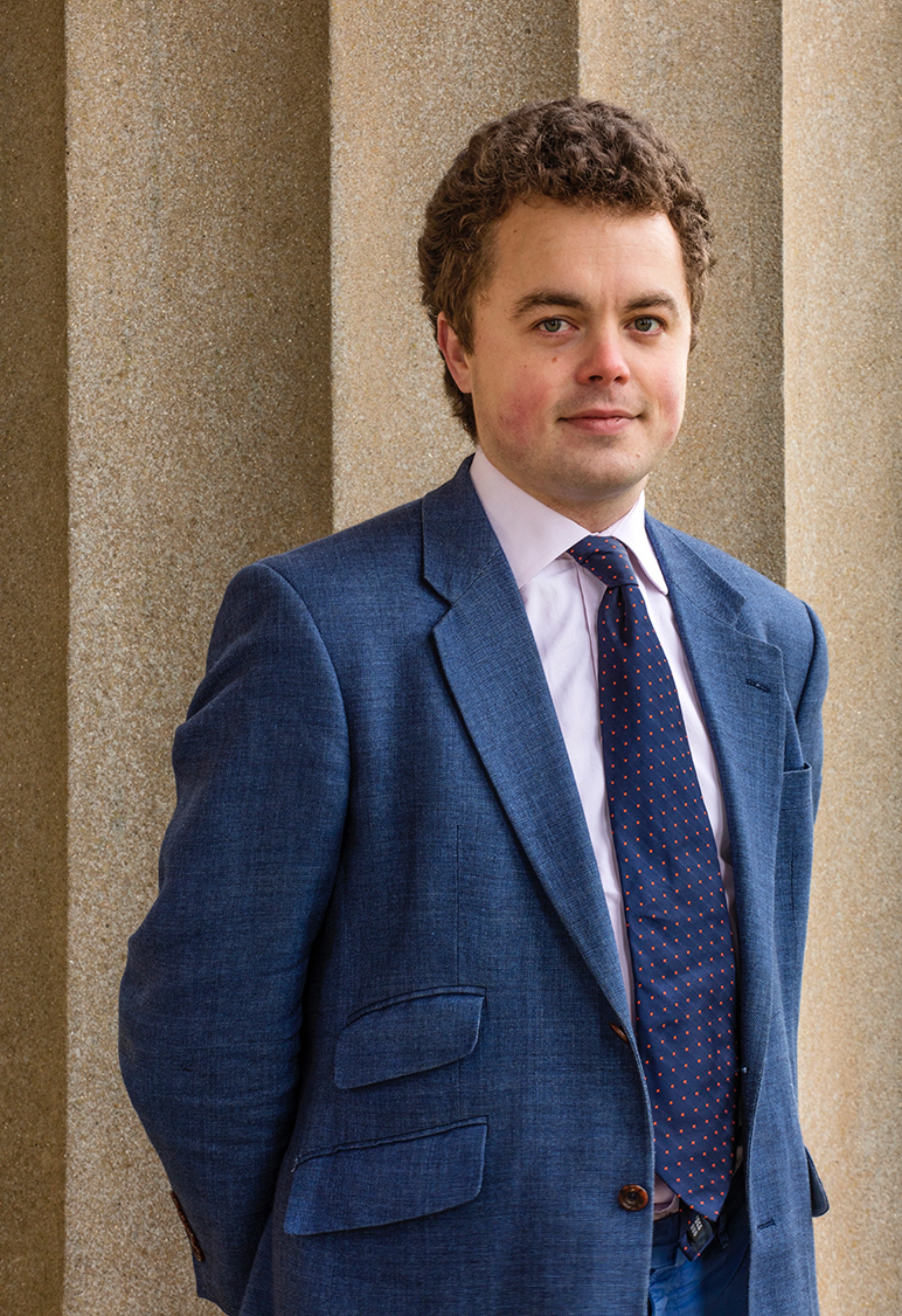
Tell us what a typical day for you is like as the Director of ADAM Architecture?
There are rarely two days that are the same - that is one of the best parts of the job and the joy of work at ADAM Architecture. Routine normally starts about 6:30am to enjoy the quiet before people get in the office and finishes with some sort of event in the evening, whether that is giving a talk, networking or spending time with clients. In between I might be at my drawing board sketching up new projects or refining existing ones, in meetings or making sure my team is ok. One of the upsides of lockdown has been the ability to reduce the amount of travel but not the distance of where the work is happening. Now more than ever, I find myself in ‘meetings’ from Hong Kong, to Australia to Antigua.
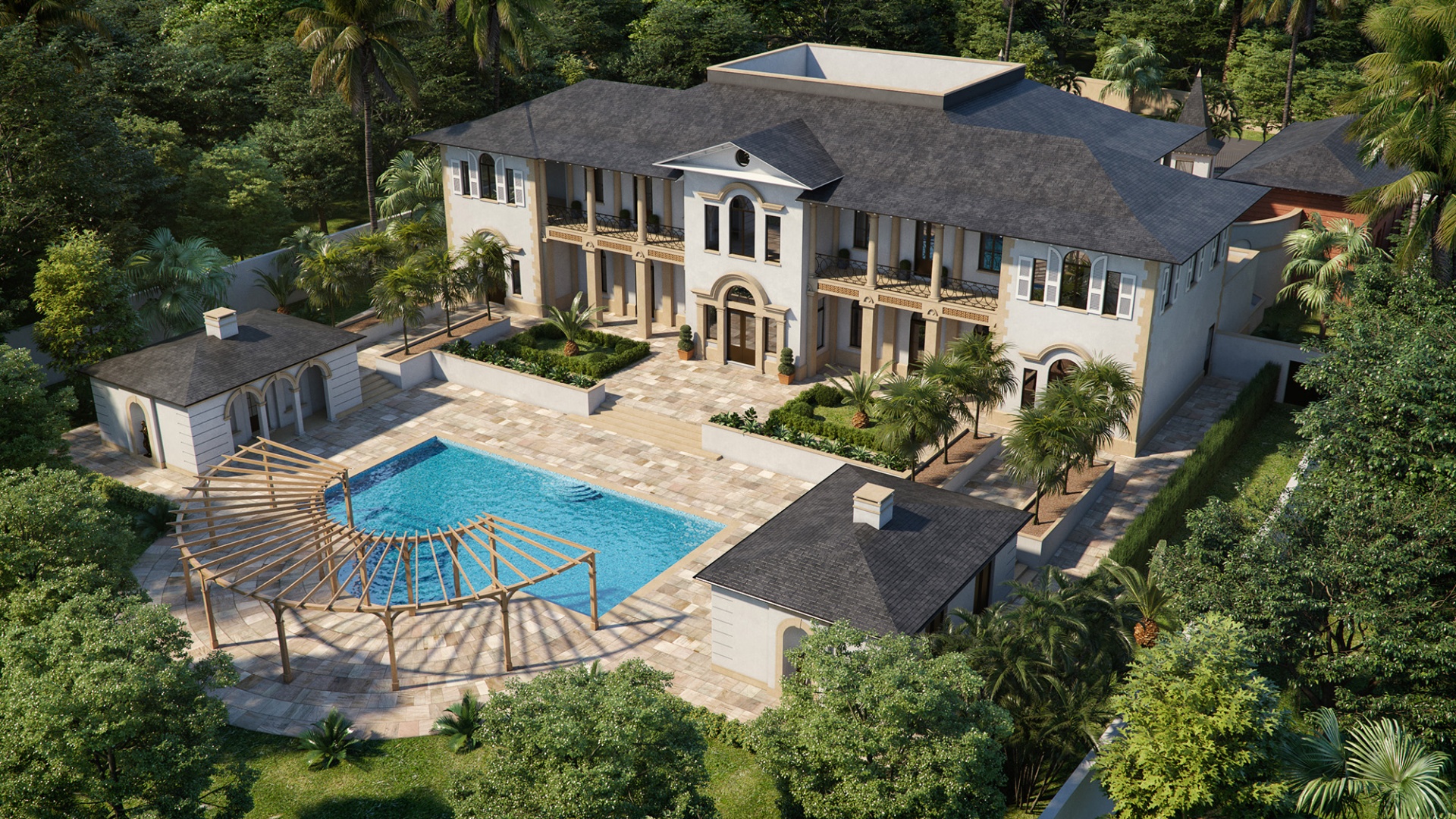
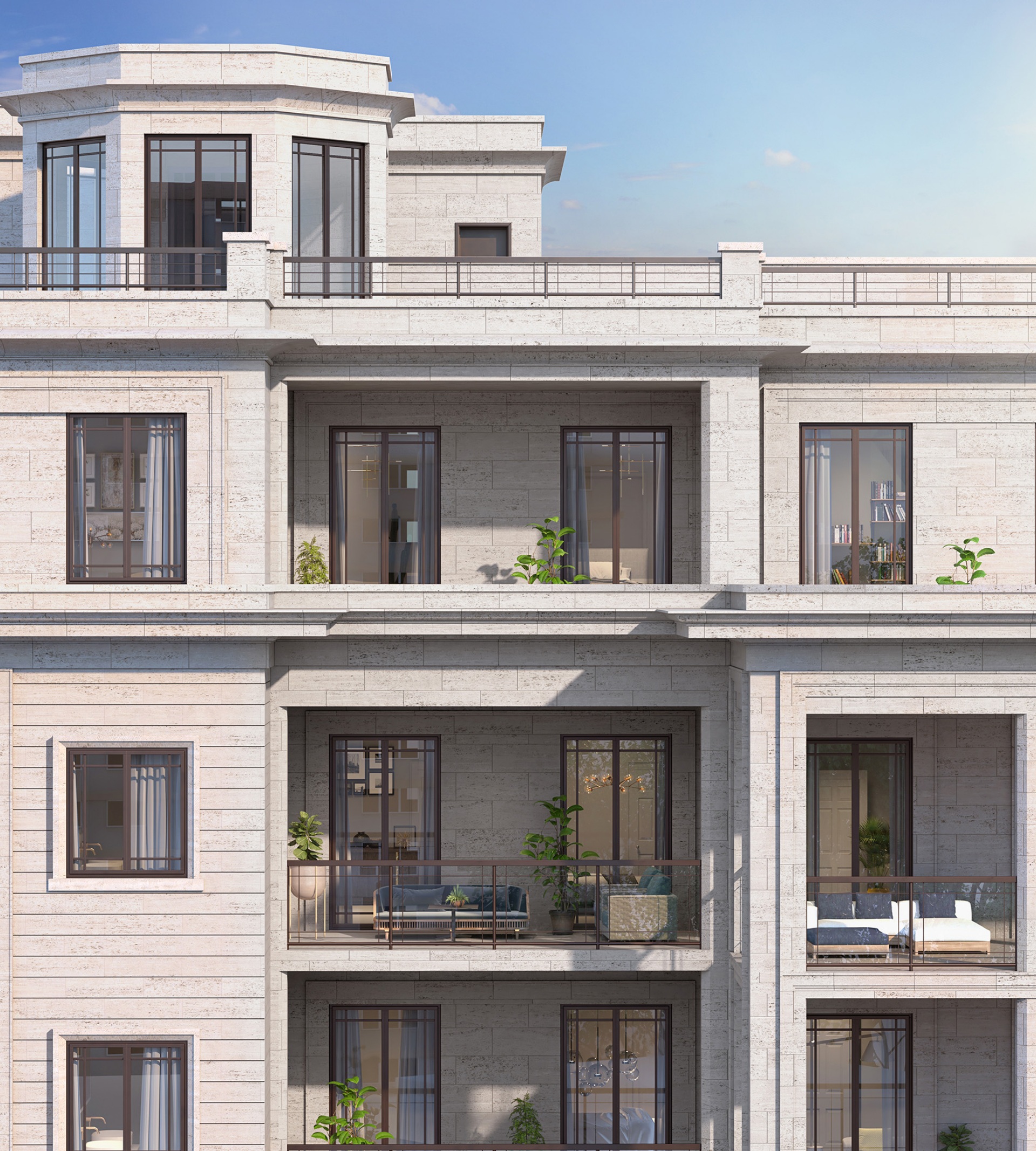
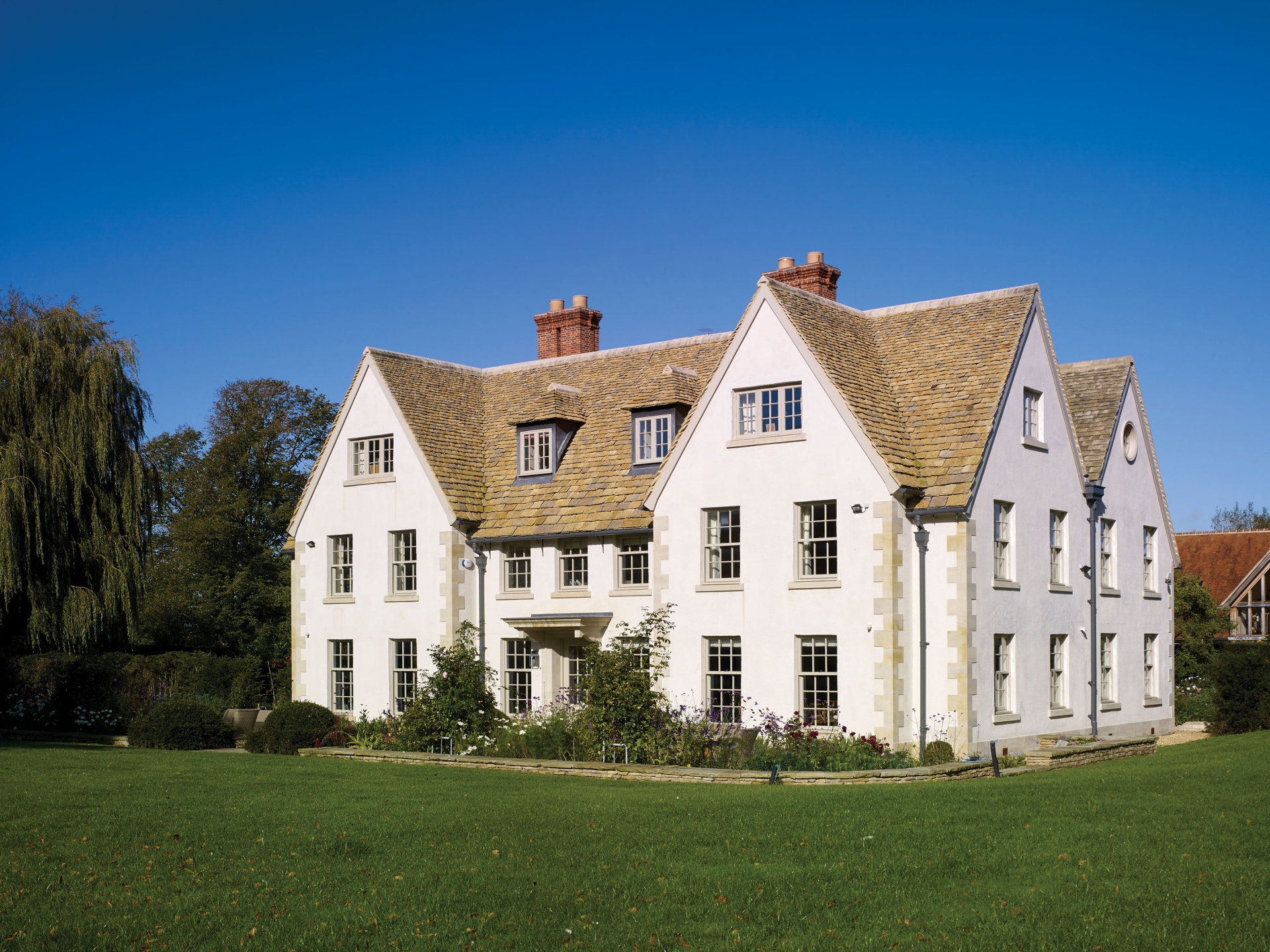
What drives/motivates you about design and architecture?
I strive to create better places, spaces, homes and buildings for those who interact with them. I aim to find solutions to problems with solutions that enhance rather than compromise a design. I hope to leave a legacy of buildings that are going make a positive contribution to our urban realm, and, if it is not too trite, to design socially responsible sustainable buildings and places. Architecturally, I continue to explore how I can be progressive with Classical architecture - it is a language of architecture that has such richness and huge potential to continue to evolve. Traditional architecture in a different way must evolve for it to remain relevant today, and yet we can learn so much from how things have been designed in the past, and around the world in different cultures, that can help inform the way we design for today’s challenges.
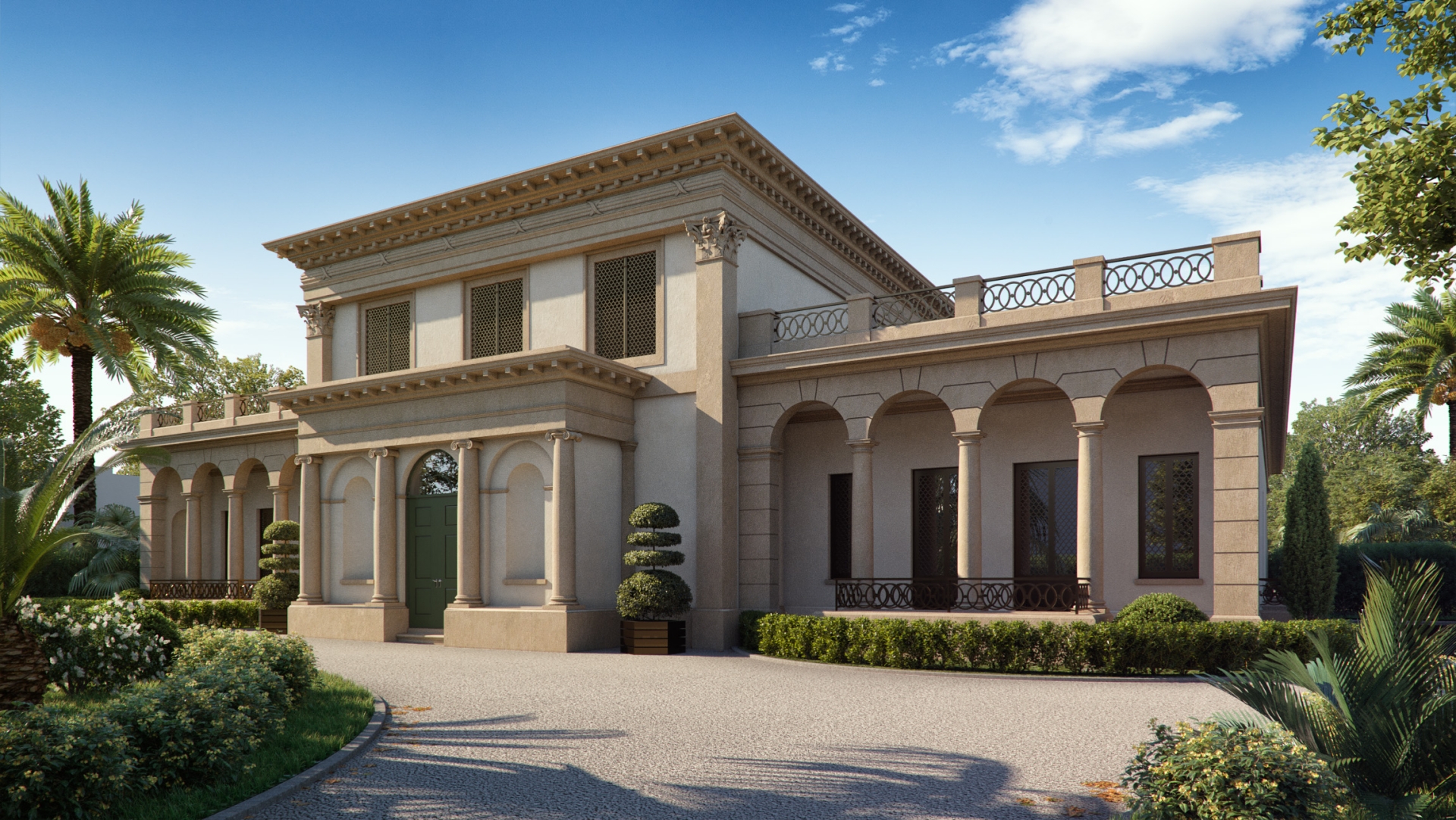
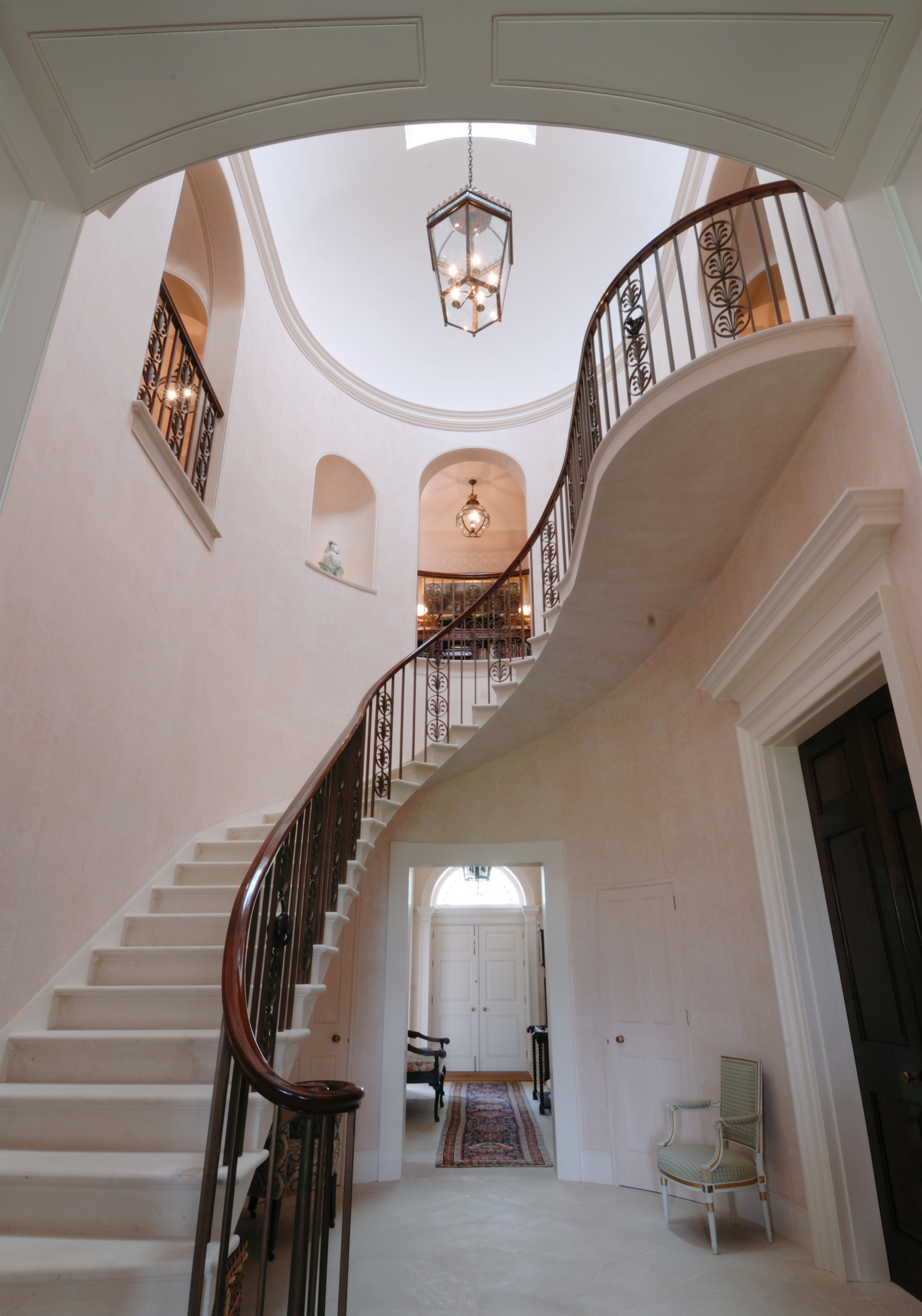
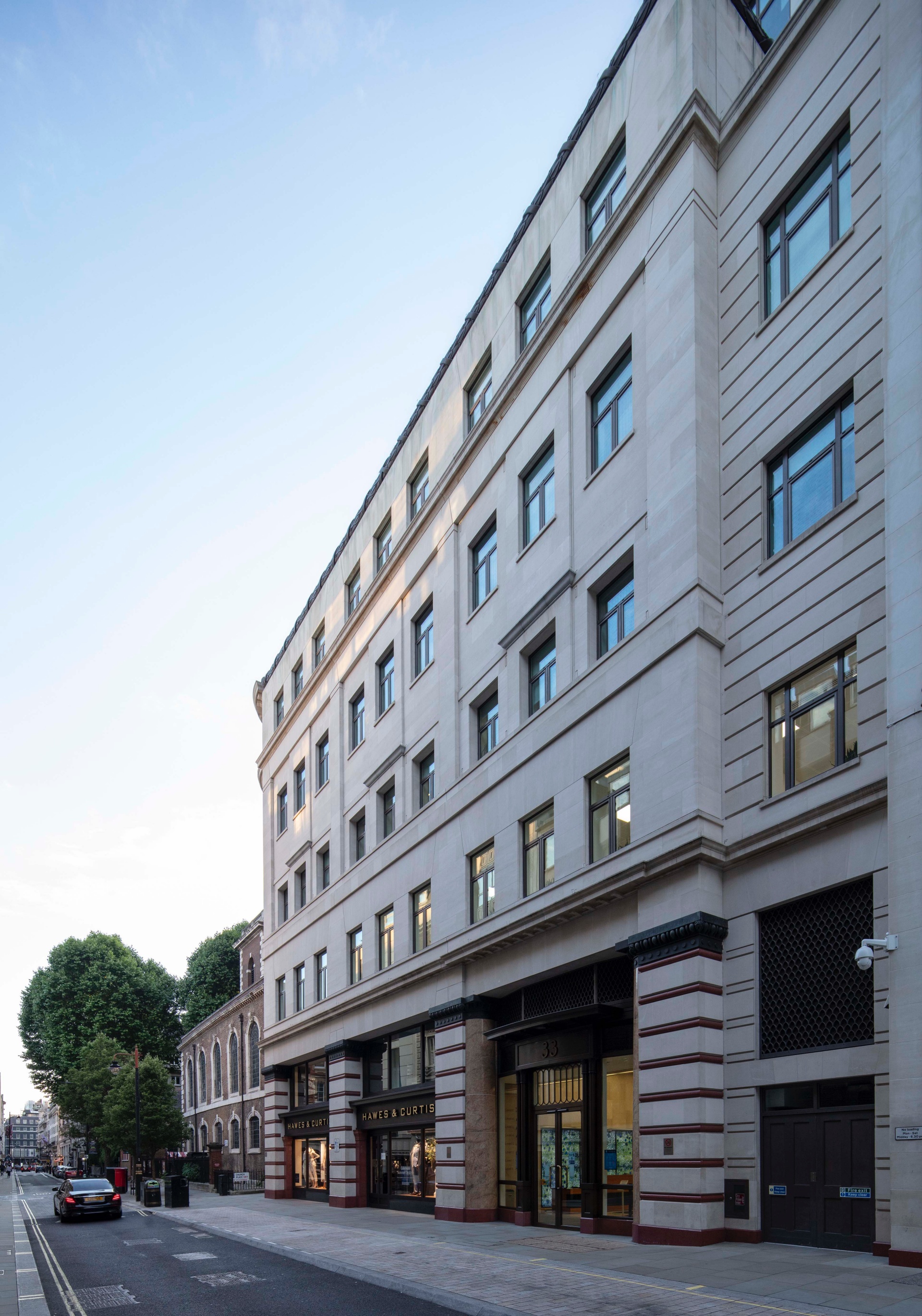
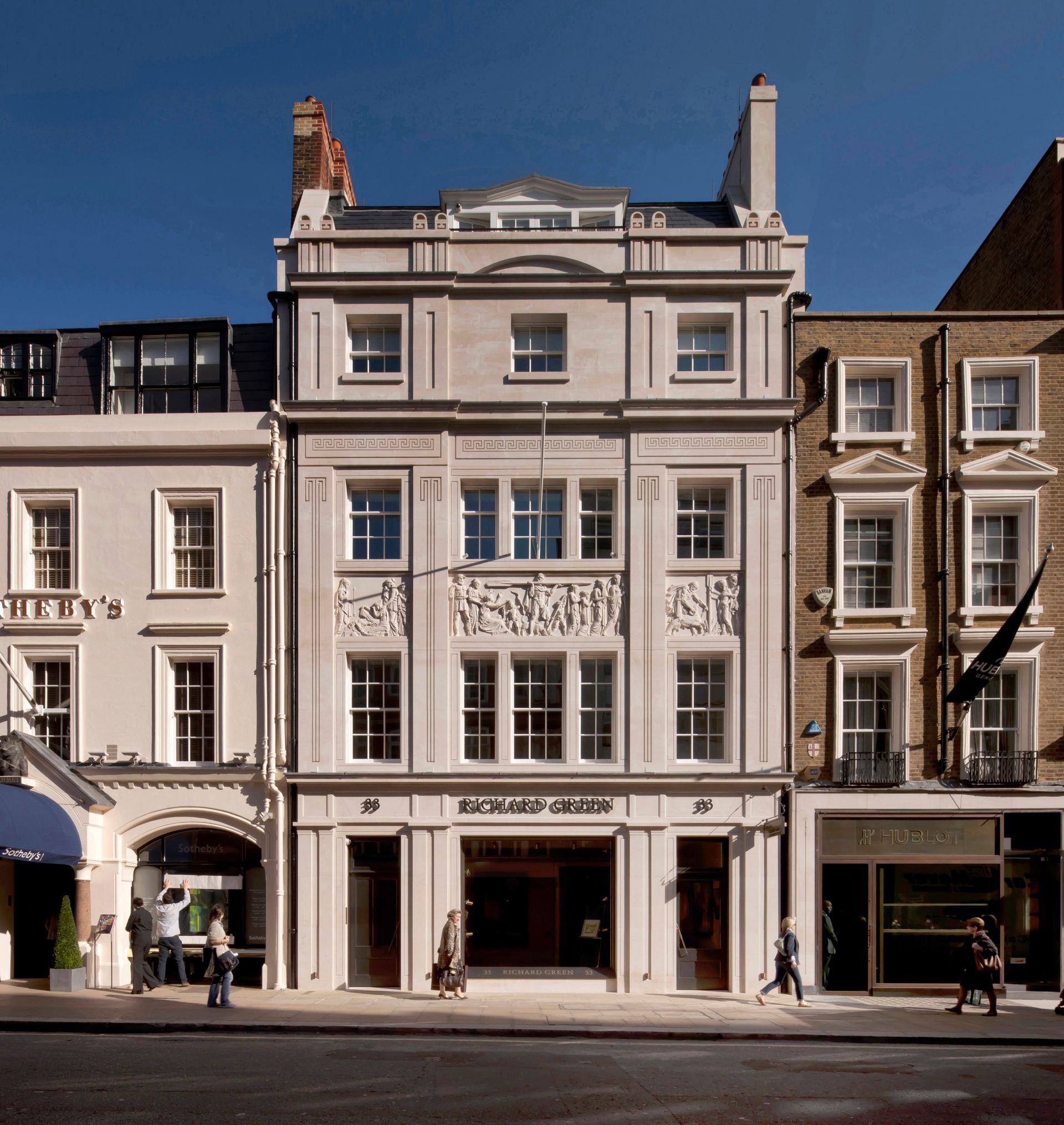
Your area of expertise is niche and the focus arenas are timeless, focused very much on preserving history, luxury and sustainability - what are some key areas/trends/observations in your client sector and their projects?
It certainly is a niche world of design and I love it. The architecture has evolved over centuries and so does come as close to any architecture being timeless. It is however the laser focus on sustainability that is perhaps the most significant trend we are experiencing. Traditional and Classical architecture is incredibly well placed to build (literally) on this. The principles of this approach to design is to look to local, low technology solutions to adapting to climate, building with materials that are often local, often with low embodied carbon, and often with significantly more thermal mass than Modernist architecture. This does not need to be a copy of the past, and the trends in the living styles of our clients, many of whom are international, means there are amazing opportunities to weave in traditions from around the world. I currently have a project in the centre of the UK that will be carbon negative achieved through the combination of low carbon materials, sourced within 25 miles, with an array of technical solutions to generate and reduce energy use in the building. The landscape design has been conceived to enhance biodiversity and provide space for the young family to grow their food. The style of the house is vernacular to the area but with a plan designed around how the family actually live, with larger open plan areas.
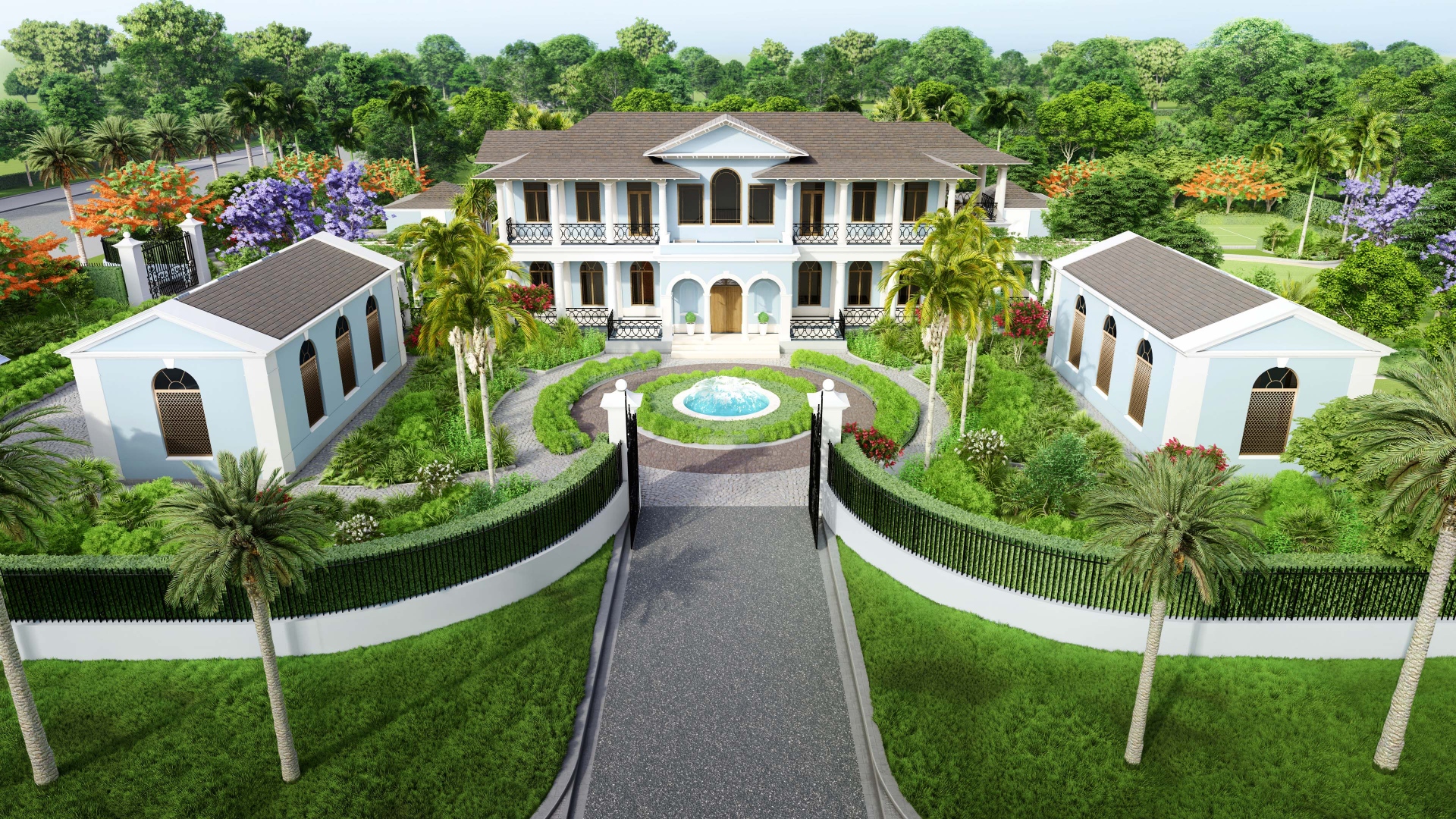
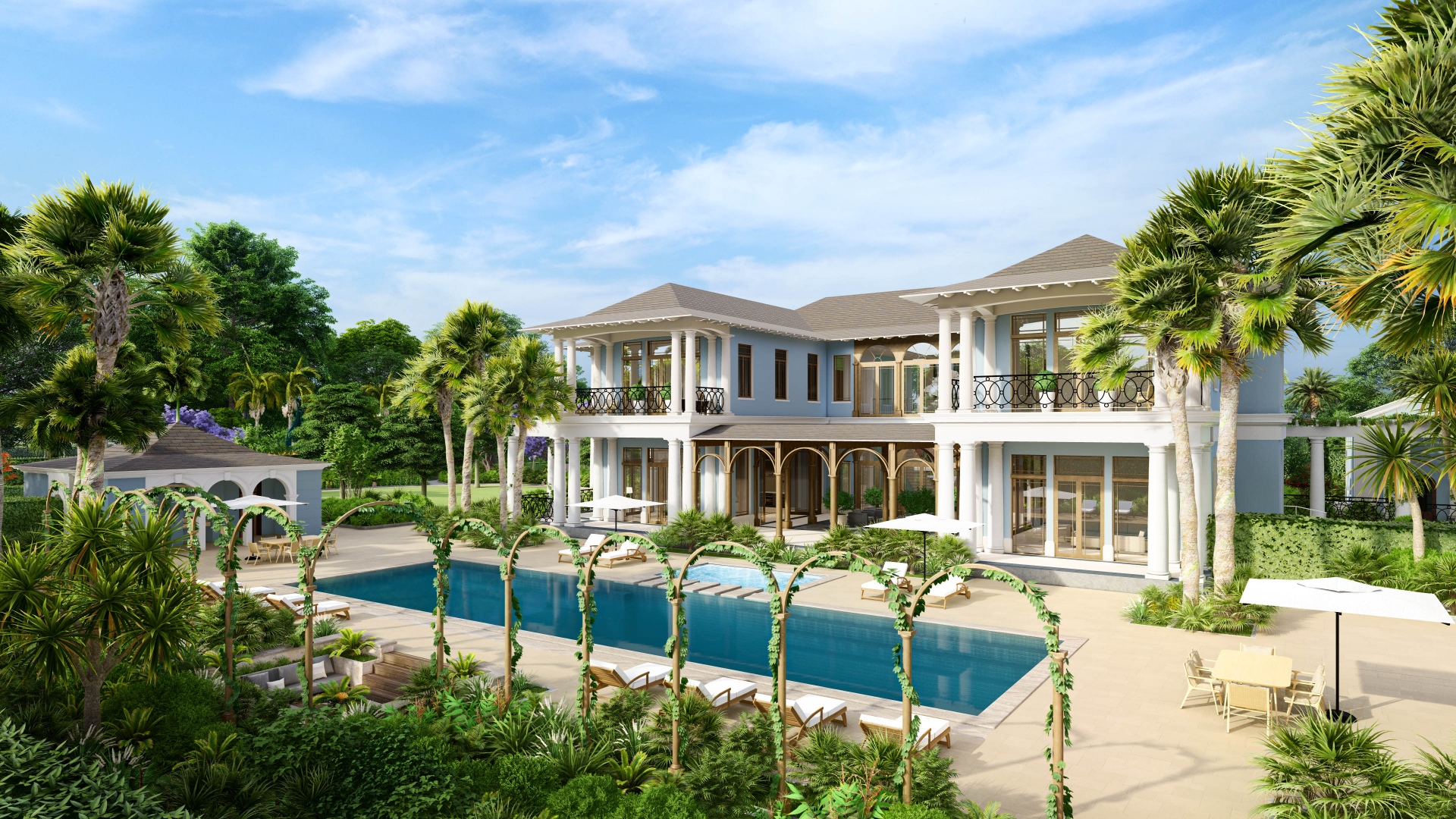
Can you share your experience creating some of Hong Kong’s iconic projects, and are there any similarities that can be drawn between the classical/heritage architecture projects in Hong Kong and in the UK?
I have been fortunate to have been able to design a number of buildings in Hong Kong. One of which was on The Peak and had to integrate some of the retained historic building as part of the design. The house was in fact entirely knocked down and only a part of the façade had to be retained. To my mind this was an extraordinary approach to retention of heritage but certainly made for an interesting brief. Hong Kong has some wonderful historic buildings from a range of cultures, not just the colonial heritage but some of these are under real pressure. There is such strong commercial pressure that this is perhaps not surprising, but these buildings do need to be embraced and retained - they have an important place in providing a reference for collective identity. Another of my projects in Hong Kong was a competition for a new Classical building for a number of high-end apartments. This gave an incredible opportunity to explore the progressive Classicism that I seek to implement. Early designs sought to integrate motifs and detailing of the Chinese Classical architectural history that can be found up the East coast of the Mainland. In the final scheme I actually ended up taking greater reference from the more modern architecture that surrounded the site, pairing back the detail and ornament, taking more of a reference from the streamline Art Deco Classical history. Essentially there are such rich examples of Classical architecture found around the world it is possible to integrate with these, wherever it might be, including in Hong Kong.
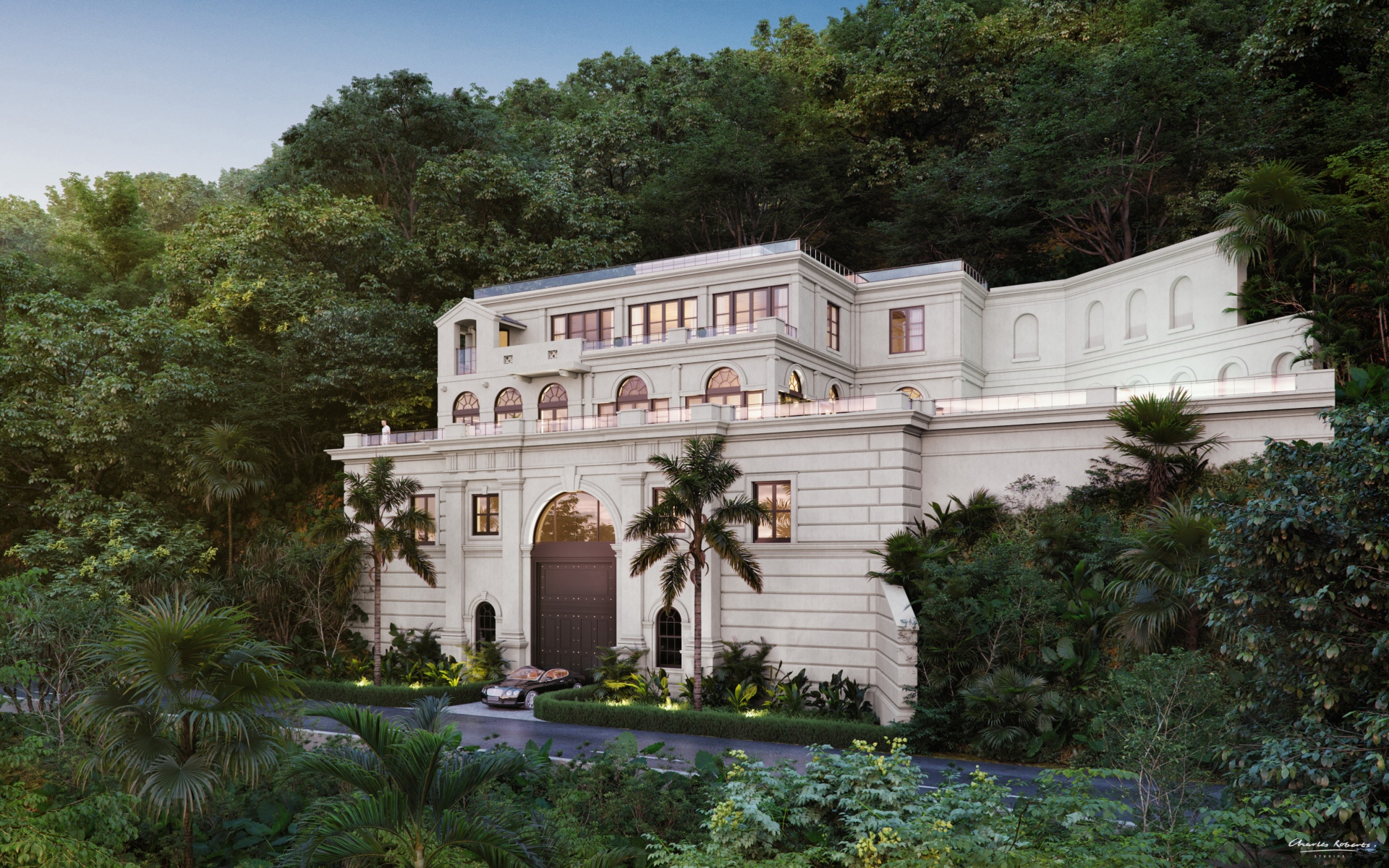
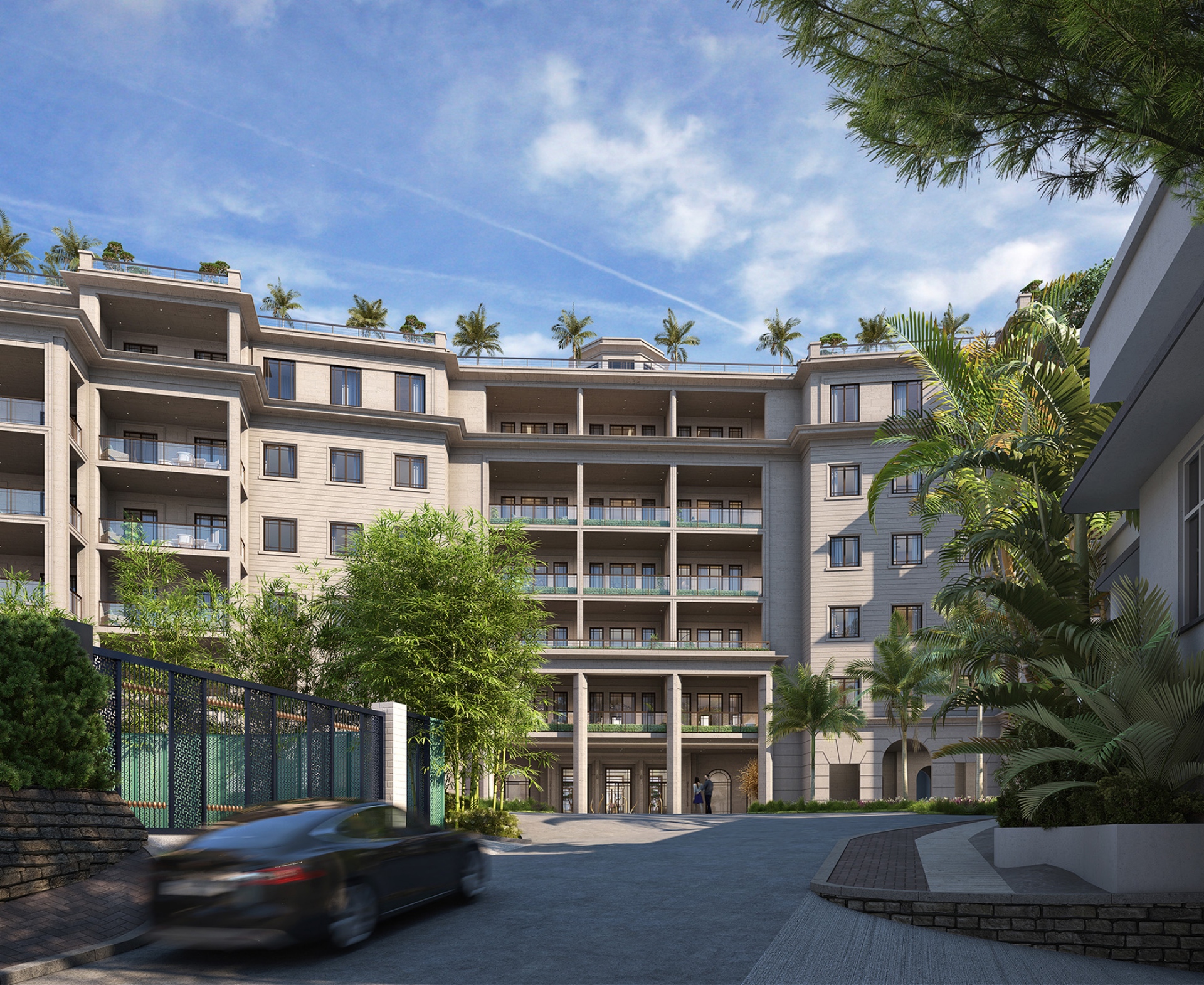

What are some of the exciting projects ADAM Architecture is currently working on?
The practice has such a wide range of work at such differing scales. We have a new extension to Newquay that is coming out of the ground and will result in 4,000 new homes with a new high street and a walkable community with local identity and sustainability at the heart of its DNA. I am currently designing a number of new Classical Houses around the country for wonderful clients and I am building new town houses in London. We have just completed a new building for Trinity College, Oxford that will give space for new student accommodation, a theater, library and catering facilities in the grounds of an incredibly sensitive context. Internationally, I have just won a competition for a new house in the Caribbean, have a new scheme in Australia and a project on site in Nigeria so it is all going at the moment.
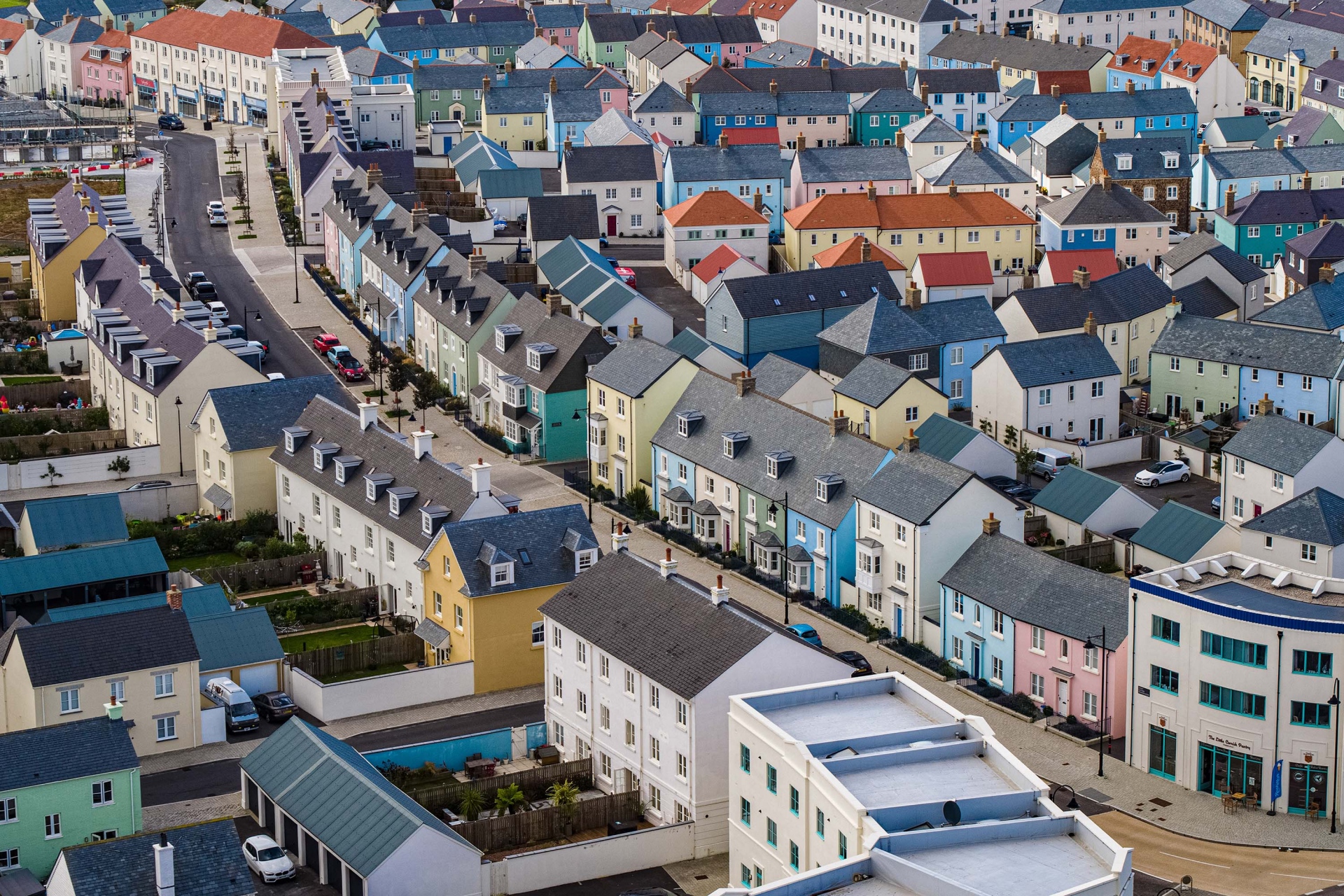
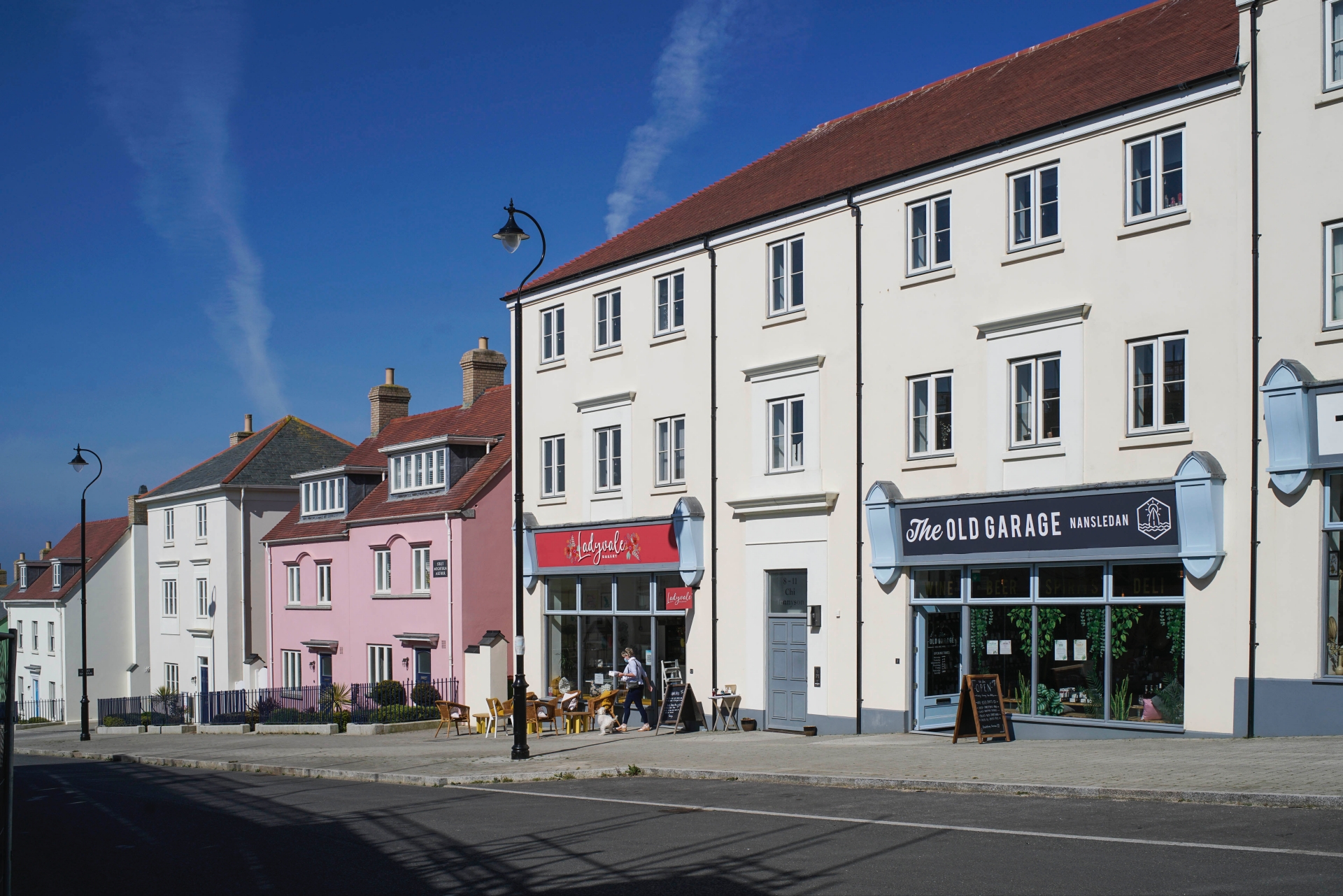
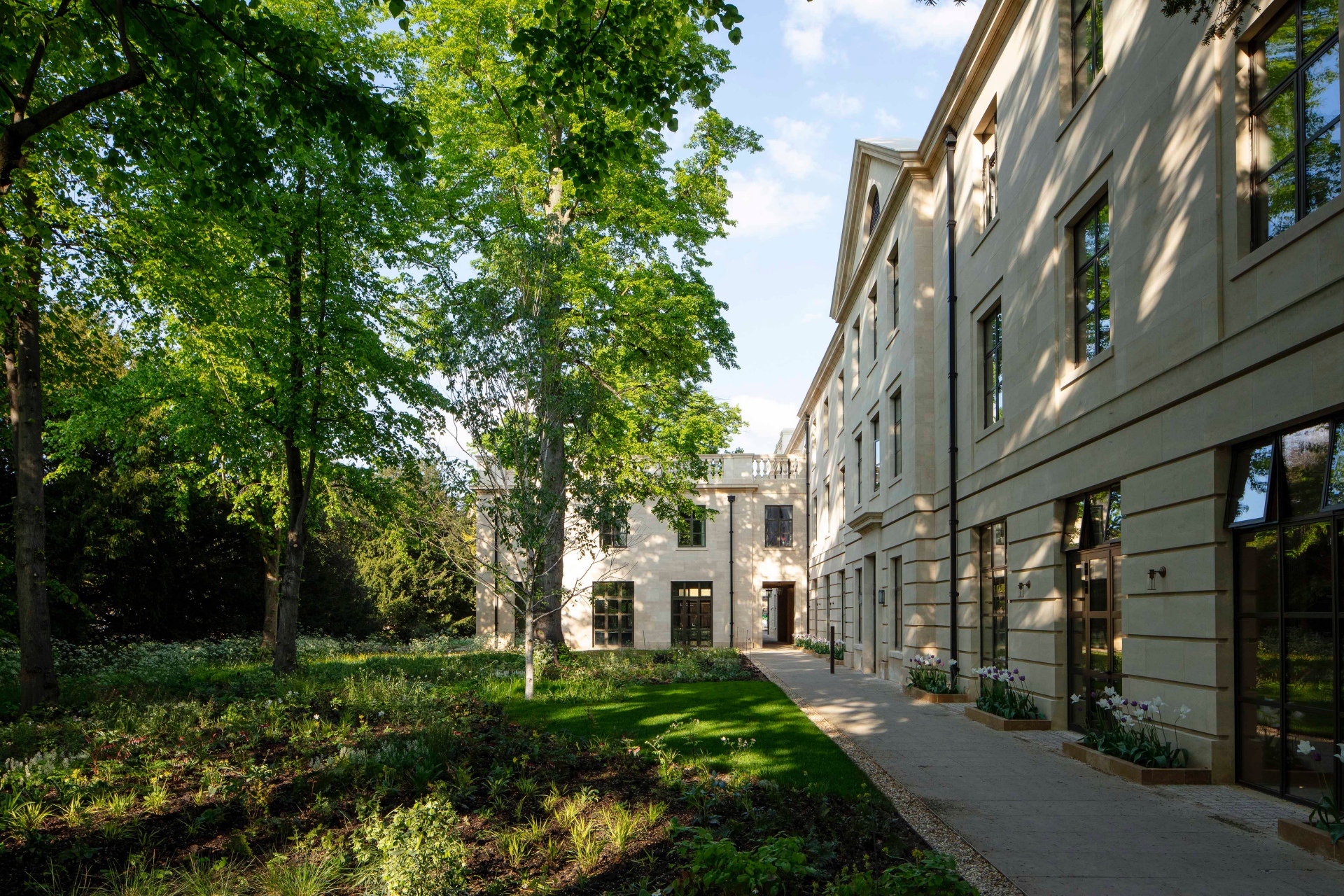
In terms of conceptual urban design, can you also share some current milestones with us? In particular, the exciting Duchy of Cornwall site and what can we anticipate in terms of developments?
As a practice we are currently designing about 29,000 new homes across the UK. Poundbury is very nearly finished after many years, the final houses are due to be finished in a couple of years’ time. The scheme in Cornwall has already completed 600 of the 4,000 homes, there is a new school, and the first local centre is complete. The new high street, the first for more than 50 years, is about to start and the success is already being seen in the popularity of Nansledan both in property prices, waiting lists for businesses and from the support of the local authority. The schemes that we are building out are setting new trends in how better places can be realised and are now forming a major part of the focus led by the government.
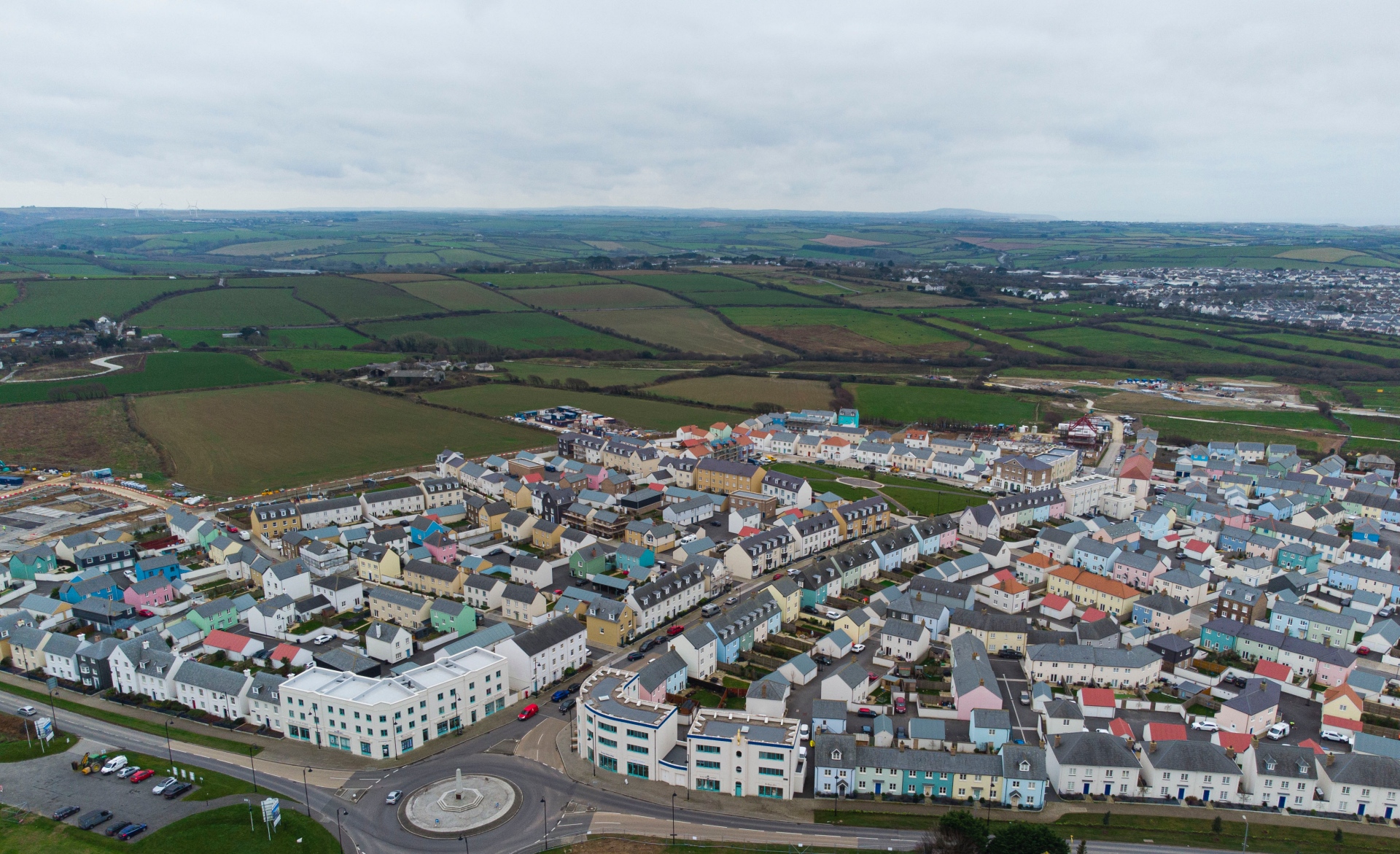
What is your idea of a perfect weekend in Hong Kong? And in the UK?
I have a young family and being able to spend time with them is perfection. The changes at this age are so fast and while certainly not always relaxing, they are amazing. Whether it is going to museums, the park or seeing friends, it is often trying to get a break from architecture – sadly the nature of the passion, drive, and job this rarely is entirely the case.
I was lucky enough to spend 23 years in Hong Kong growing up and so I have had the pleasure of seeing this incredible place in many shapes and guises. Whether it is the joys of walks through the New Territories, or the buzz of the city, there is never a dull moment, and I am sure a perfect weekend would be a bit of both.
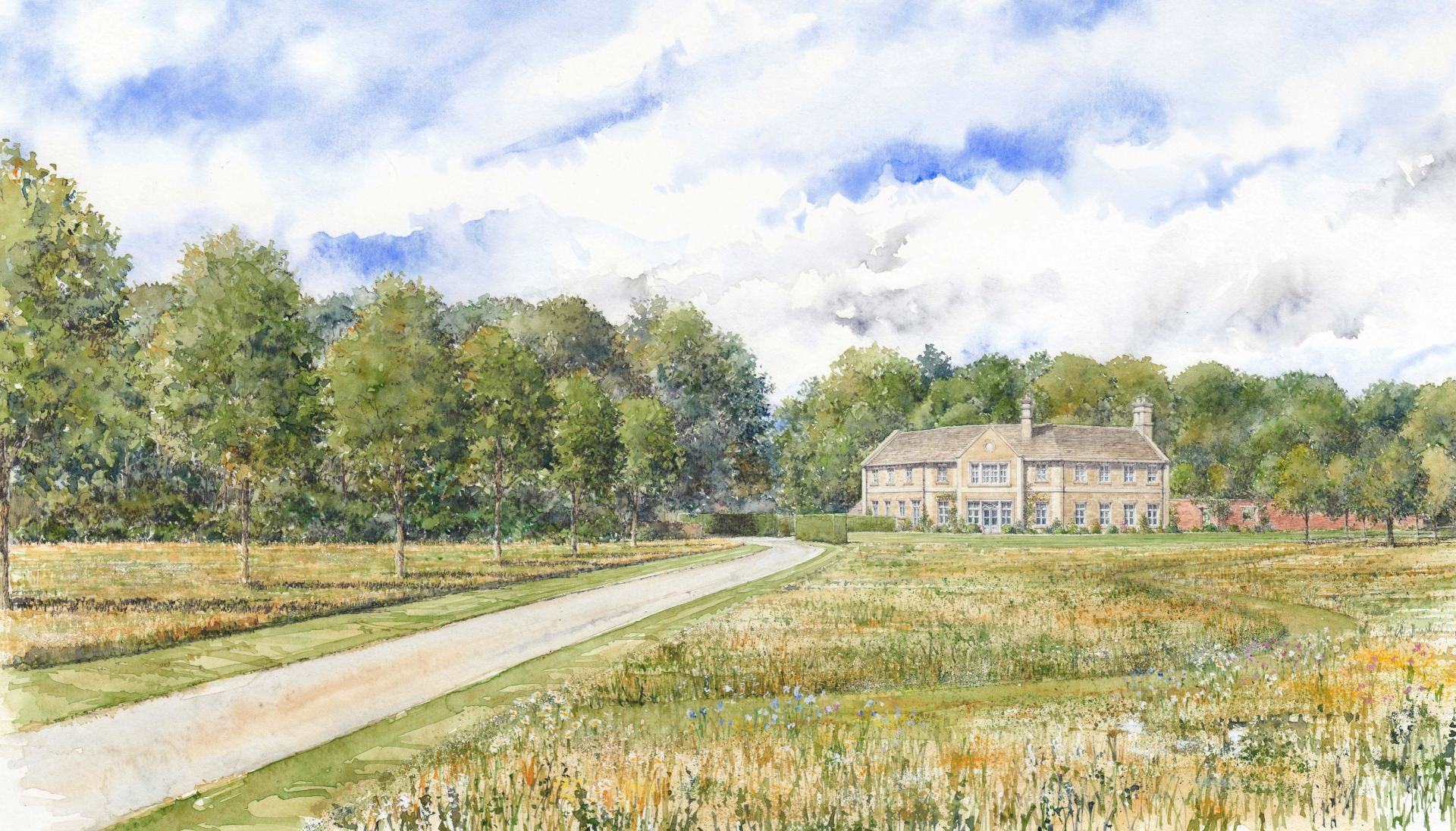
Is there a dream project you would love to take on but had not yet had the opportunity to?
I would love the chance to design a museum. The ability to build a public building that has a level of freedom that both commercial buildings and residential buildings lack would be hugely exciting. It would be an opportunity to really explore the art form I love, to work with a collection that could help inform and inspire the designs, and would form a heart of a cultural space that would hopefully stand testament to the aspirations of a generation.
